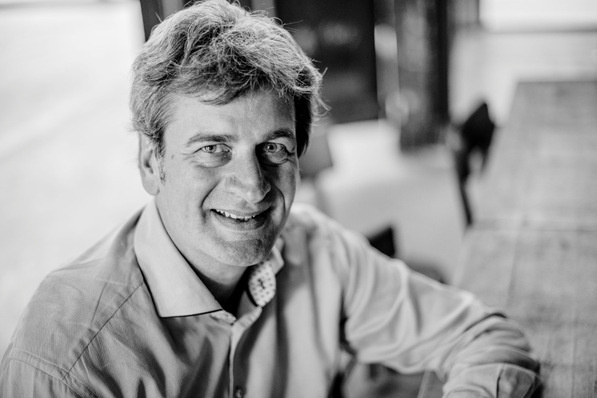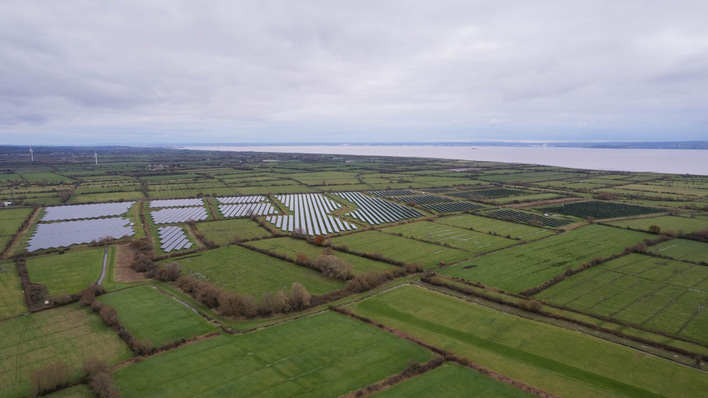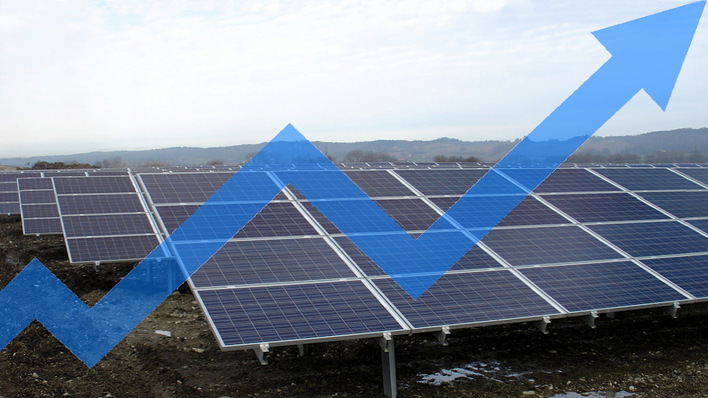It took just 13 days to finalise all investment options for the agri-PV park in Pischelsdorf am Engelbach, Upper Austria. EWS Consulting enabled citizens to invest in a 4.58-MW plant via a crowdinvest, with 2.2 MW financed by the local population. The minimum investment was €100, with a five-year term offering a generous 4.3% interest rate.
Developing projects together with the communes
For Gerhard Steindl, CEO of EWS, such financing options are a matter of course. “We develop our Sonnenfeld projects holistically together with municipalities, agriculture and research,” he explains. “Sustainable planning and fair cooperation are the best way to achieve domestic renewable energy production, which makes us independent of expensive fossil fuel imports and strengthens our business location at the same time.”
Locals have made substantial investments
This is why EWS is keen to offer financial participation. “Citizens can actively participate in the energy transition and benefit from it,” says Gerhard Steindl, explaining the focus on involving local residents. These responded positively, with 36 percent of the participations taken up by citizens of Pischelsdorf. “We’re pleased with the strong local interest in our agri-PV project,” Steindl adds. “The high proportion of local subscriptions reflects the recognition and appreciation for the project in the community.”
PV from field and barn: Our new special for the dual harvest on farms is now online
Only two per cent area for photovoltaics
The plant in Pischelsdorf goes beyond just generating electricity. It is designed to allow the continued use of the land for farming and grassland. After installation, 80 percent of the area will remain available for agricultural purposes. An additional 18 percent will be dedicated to biodiversity strips, with only two percent used for the mounting structure.
Bruck energy park brings in first harvest from under solar modules
Completion planned for this year
The agri-PV project is expected to be completed and connected to the grid in spring 2025. According to the calculations from the planners, the generator will (in addition to farm products) supply around six million kWh of clean solar power. (su)








